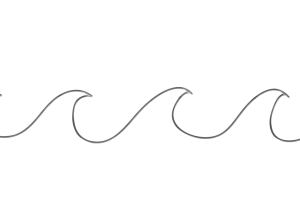
Plymouth Field Trip 2019 -

References

Estuary
Korda, R.C., Hills, J.M. and Gray, T.S., (2008). Fishery decline in Utila: Disentangling
the web of governance. Marine Policy, 32(6), pp.968-
Milne, A. (1938). The Ecology of the Tamar Estuary III. Salinity and Temperature
Conditions in the Lower Estuary. Journal of the Marine Biological Association of
the United Kingdom, 22(2), 529-
Paytan, A. and McLaughlin, K., (2007). The oceanic phosphorus cycle. Chemical Reviews,
107(2), pp.563-
Plymouth-
R.J. Uncles, R.C.A. Elliott, S.A. Weston Observed fluxes of water, salt and suspended
sediment in a partly mixed estuary, Estuarine, Coastal and Shelf Science,Volume 20,
Issue 2, 1985, Pages 147-
Smith, D.W. and Piedrahita, R.H., 1998. The relation between phytoplankton and dissolved
oxygen in fish ponds. Aquaculture, 68(3), pp.249-
Offshore
Anderson, L. A. & Saermiento, J. L., 1944. Redfield ratios of remineralisation determined
by nutrient data analysis. Global Biogeochemical Cycles, 8(1), pp. 65-
Brandini, F. P. et al., 2014. Deep Chlorophyll maximum and plankton community response
to oceanic bottom instrusions on the continental shelf in the South Brazilian Bight.
Continental Shelf Research, Volume 89, pp. 61-
Doty, M.S. and Oguri, M., 1956. The island mass effect. ICES Journal of Marine Science, 22(1),
pp.33-
Hewitt, J.E., Thrush, S.F., Halliday, J. And Duffy, c., 2005. The importance of small
scale habitat structire for maintaining beta diversity. Ecology, 86(6), pp. 1619-
Le Boyer, A., Cambon, G., Daniault, N., Herbette, S., Le Cann, B., Marié, L. and
Morin, P. (2009). Observations of the Ushant tidal front in September 2007. Continental
Shelf Research, 29(8), pp.1026-
Probyn, T. & Painting, S., 1985. Nitrogen uptake by size-
Rippeth, T. P. et al., 2005. Thermocline mixing in summer stratifed continental seas.
Geophysical research letters, 32(5), pp. 33-
Sharples, J. (2007). Potential impacts of the spring-
Smyth, T., Fishwick, J., AL-
Osterroht, C. and Thomas, H., 2000. New production enhanced by nutrient supply from
non-
White, A. E. W.-